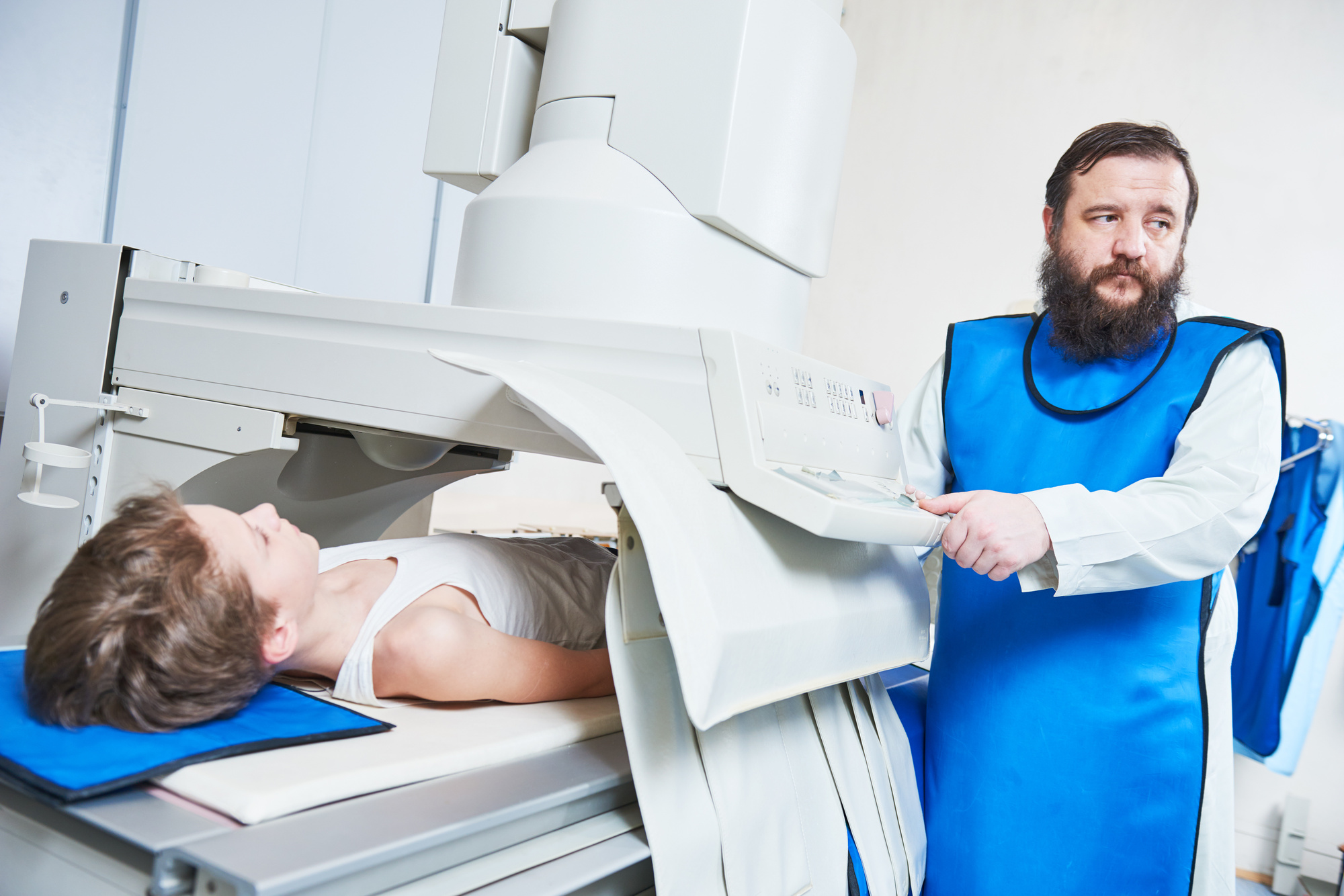
What Is Radiology Used for? 5 Key Use Cases
Medical procedures and interventions are responsible for around 96% of radiation exposure in humans. Full body scans are the most impactful, averaging a dose of 1000 mrem each. This is 400 more than what a person would normally experience annually.
In an X-ray, radiation penetrates the skin, and all other tissue below, and ends up on the other side where it’s captured by a specialized device. This machine then compiles the information and creates an image. The result is usually a black and white picture with varying opacity that marks different densities.
What is radiology used for, how much radiation is safe, and why is radiology so essential in medical practice? Answers to these questions are essential for all patients, be it for educational purposes or to protect from overexposure. Take a look below to find out more about radiology and its application in the modern world.
What is Radiology Used For?
Lesions that cause visible damage on the skin and other exposed tissue are, more often than not, easy to identify, diagnose, and subsequently treat. Complications found inside the body, such as with bone, are impossible to visualize with the naked eye. In these cases, doctors need to take a deep dive with machinery for a better understanding of what’s happening under the surface.
What does a radiologist do, though? They operate the machinery and, many times, are also in charge of identifying issues in the images produced. You’ll see it more often for situations involving the following:
- Full body illnesses
- Fractures
- Malformations
If you’re still asking yourself “what is radiology for?” then keep reading for a few clear examples.
Fractures
Exposed and internal fractures both require scans. This is to see the positions and number of broken bones, the gravity of the overall situation, and angles on the surfaces of the now separated osseous matter. This helps with a few parts of the treatment.
First, it provides necessary information on where to position the bones before installing a cast. Next, it gives physicians an idea of how long the treatment should last. Finally, through radiology, they can scan throughout the recovery process to see how the fracture is healing.
Full Body Illnesses
Bone matter is almost always involved when it comes to radiology, but it’s not always just for fractures. Some full-body illnesses require a radiologist to scan for proper diagnosis and a better grasp on limitations a sickness might cause for a patient. Osteoporosis, a disease where bones become extremely fragile and brittle, is one such example.
Malformations
Scoliosis is an abnormal curvature of the spine that can evolve during natural development, or as a cause of bad posture. Scans aren’t always necessary for diagnosis, but are helpful before and during medical intervention.
Dysphagia
Dysphagia is difficulty swallowing and can be caused by a myriad of factors. Using a liquid known as barium, X-ray imaging can provide key information on where the problem is so doctors can provide a solution.
Breast Cancer
For breast cancer, radiology can lend a hand in diagnostics. However, it’s used mostly to detect whether the cancer has spread. Other scans are usually necessary for a full understanding of each case.
Radiology is Essential in Medicine
What is radiology used for? Well, you likely have a better understanding after reading through this article. It can lend a hand in a wide variety of cases. While it’s mostly present in diagnostics, it has uses in a plethora of cases.
Hopefully you don’t have to ask “what is radiology?” anymore!
If you want to learn more, or schedule a scan, feel free to look around the site or contact us for more information!
